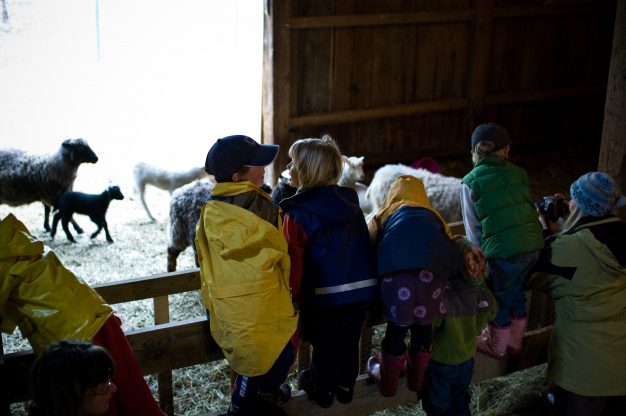
Teaching children about sustainability makes a city cleaner for everyone
Sustainability and the green movement often find themselves associated with the political left, yet there are many practical and economic reasons for sustainable living. Without trying to push one political agenda or another — teaching children personal sustainable practices is a great way to clean up a city for generations down the line.
Children are the future. It sounds cliché, but it’s the truth: the youth of today will be our country’s decision-makers, consumers and social contributors in a few short years. Investing in their education will not only improve their lives, but it will also improve all of ours. Everyone, regardless of political persuasion, can agree that a better-educated population counts as a positive step for our collective future.
The Parents
Before looking at specific practices, it’s important to understand exactly why investing in the children is such an important step. For many of us, our children represent our ideals: we teach them the best way we know how, trying to encourage them to pursue the good things in life, and avoid the bad. When talking to the kids, we are forced to evaluate our actions, embodying the lessons we are teaching.
A huge part of teaching kids about sustainability is the impact it will have on us. How can we teach kids that recycling helps the environment and the economy, and then throw our cans in the trash? We will look like hypocrites — something kids are especially fond of pointing out during arguments — and we’ll send mixed messages.
Of course, some parents are not particularly interested in sustainability or teaching their kids about it. In these cases, school homework and projects related to the subject can go a long way. These parents, who may simply have other priorities that conflict with constant environmental awareness, are nonetheless invested in their children’s futures. By connecting a student’s success and grades to teaching environmental sustainability, all parents have an interest in the subject.
Good Practices
Sustainability is a wide-reaching word. It can span anything from giant wind turbines, and heat pumps to using natural fertilizer in the vegetable patch. Everything under this massive umbrella follows one rule: it is a habitual practice that lessens our damage to the world. Sustainability, then, is nothing more than a collection of good and sensible practices.
When initially getting kids involved, the most important step is bridging the gap between the abstract idea of sustainability and the real-world impacts these practices have. Starting small — a compost heap in the backyard, a trip to the recycling plant — can go a long way. Bogging kids down in the more advanced science and technology aspects can muddy the waters about the fundamental importance of green practices: creating a future we can live in indefinitely.
Of course, science is also incredibly cool, and reminding kids of all the fascinating techniques and technology that goes into environmental studies can also work wonders. Striking a balance between these two — the everyday lifestyle efforts and the exciting science and technology aspects — can be key to getting everyone involved.
Environmental Importance
Another huge part of this process is helping children understand the importance of the environment. Stressing the impact we have on the environment and that the surrounding world can have on us, will turn “sustainability” from an abstract word into an integral and tangible concept. After all, it’s hard to advocate sustainability if one doesn’t know what is at stake, and why it is essential to save it. For many children living in cities, experiences in nature are few and far between.
With this in mind, taking field trips out of the city and into nature can go a long way. Showing pictures of deforestation or strip-mining can’t inspire change if the kids have never experienced the beauty of nature for themselves. Knowing what is at stake — what green practices are fighting to protect — will heighten the importance from an early age.
In the Classroom and Outside
While establishing mutual respect for the environment, classroom activities will take on new importance. Teaching children the fundamentals of sustainable living — recycling, composting, renewable energy uses, etc. — and how their alternatives impact the environment, will make a lot more sense. Classroom projects can help kids understand their importance in the movement, and how they can personally make a difference.
The PTA can go a long way towards encouraging these practices at the home as well as in school. Keeping involved parents up-to-date with the classroom sustainability goals and projects will help coordinate efforts between the home and classroom. One of the biggest roadblocks to raising an environmentally-conscious generation is a lack of communication between school and home. If the efforts of the classroom become reinforced at home, the message becomes much more coherent.
The Future
Between these methods, the world might be seeing cleaner cities in a few years. Teaching our kids the importance of sustainability also teaches us, forcing us to do research and develop our understanding of a sustainable world. Showing the kids both easy and awesome sustainability efforts might even teach us a thing or two!




